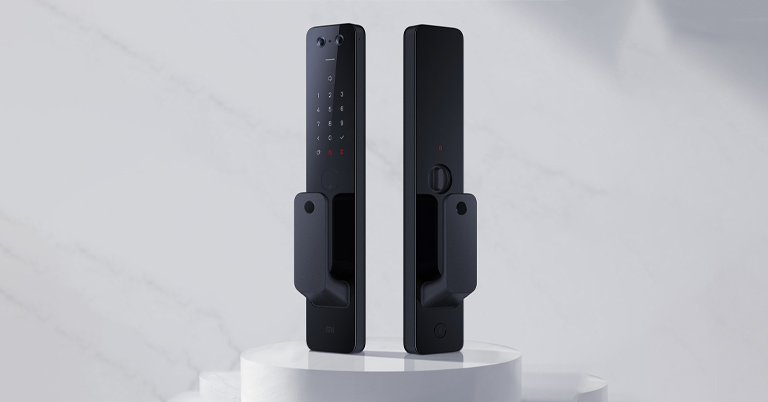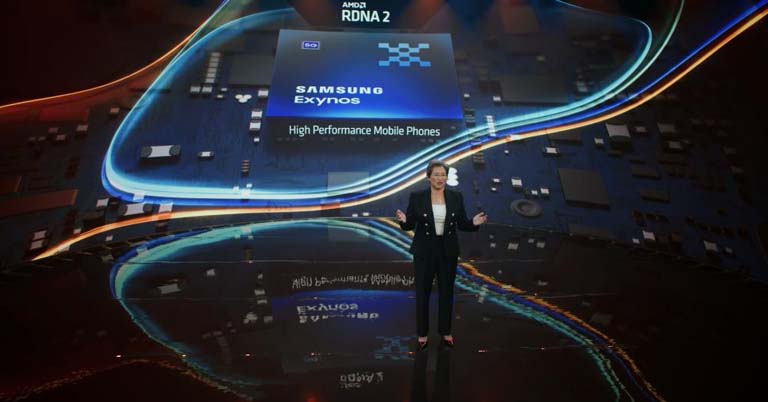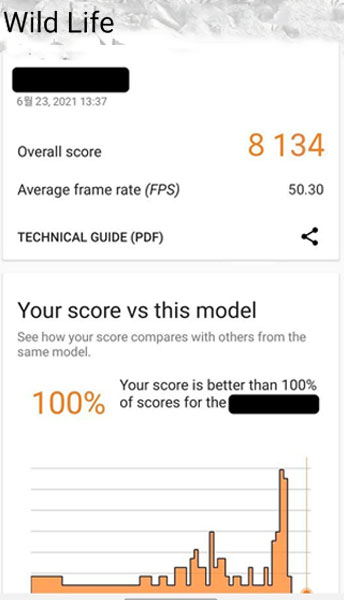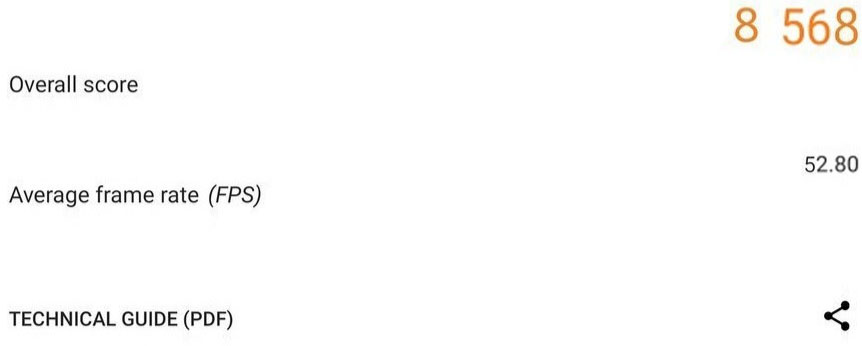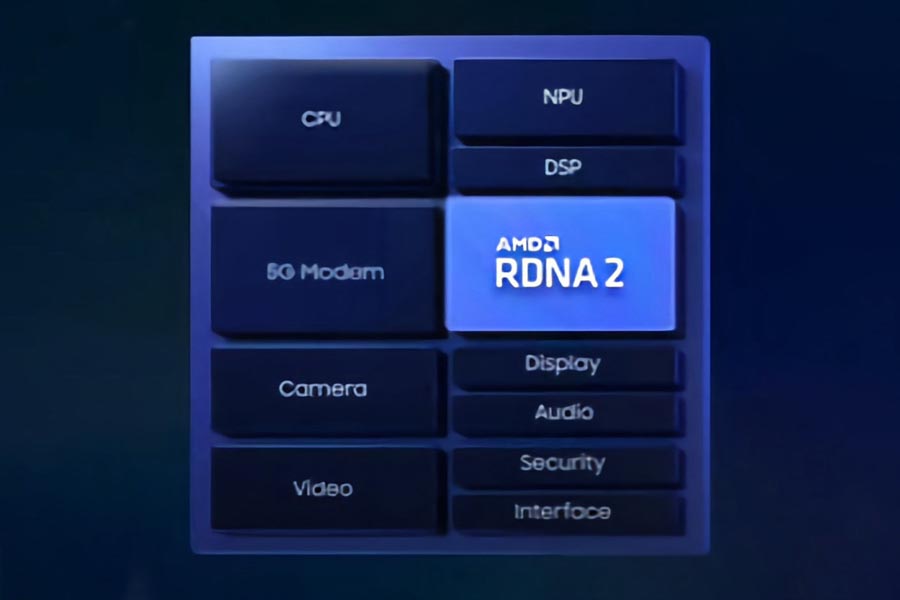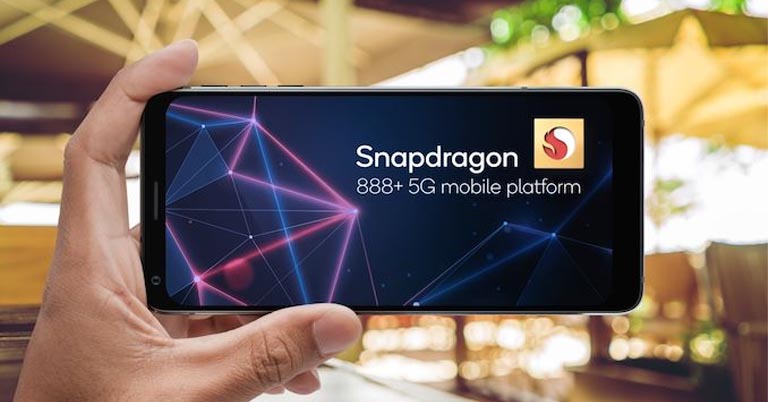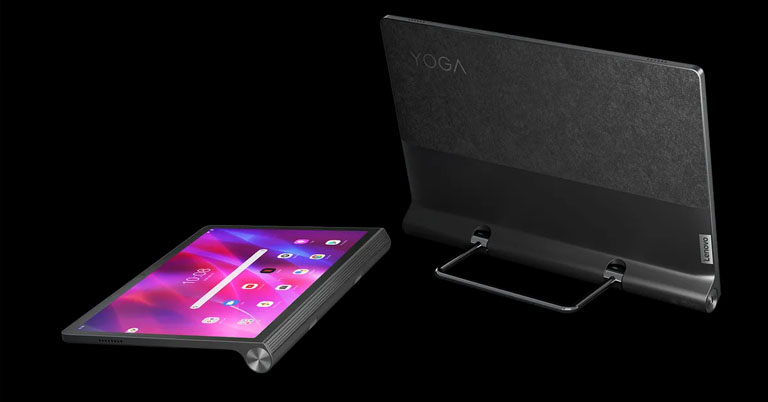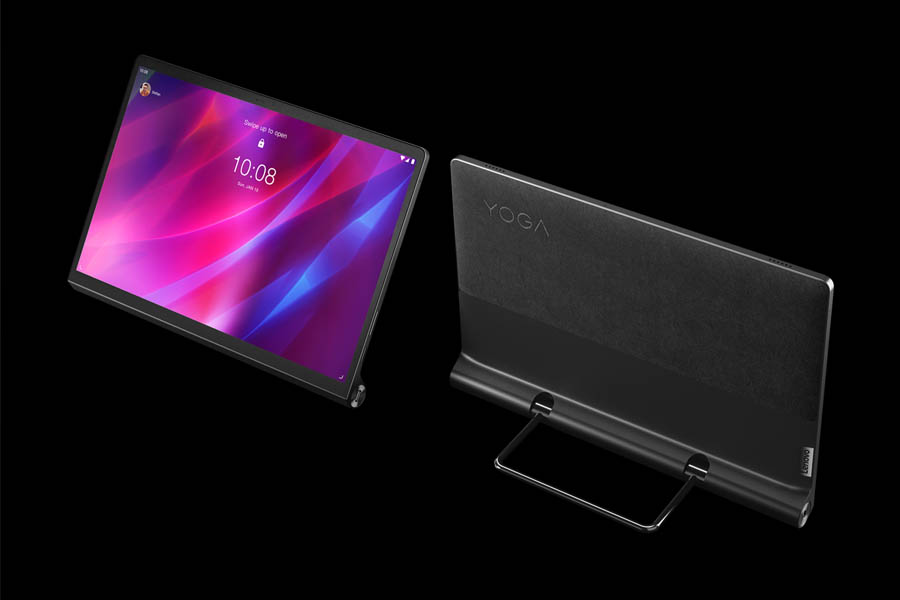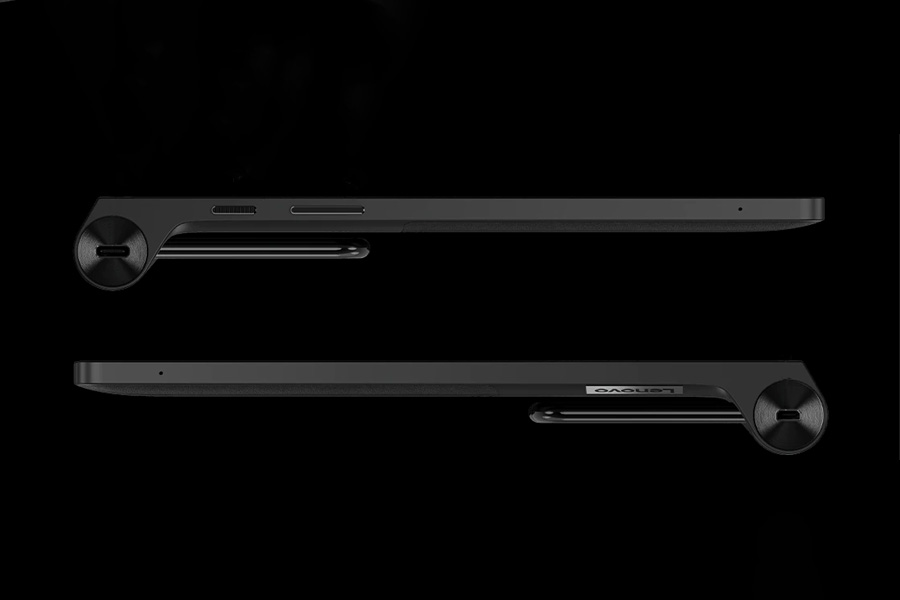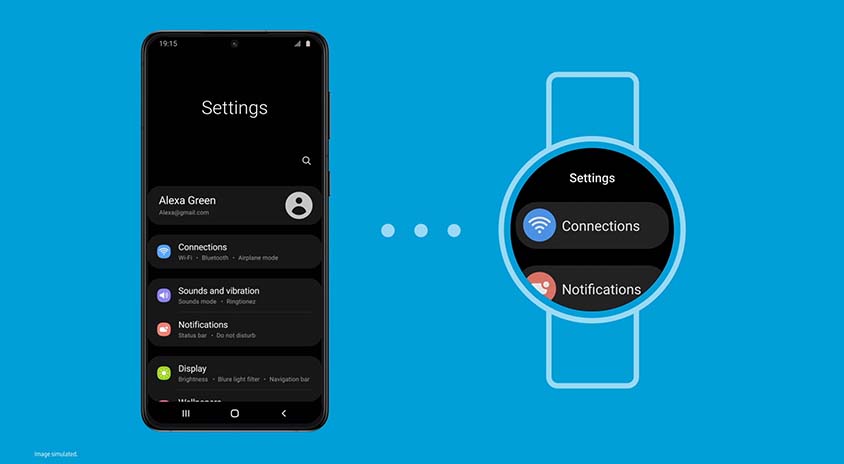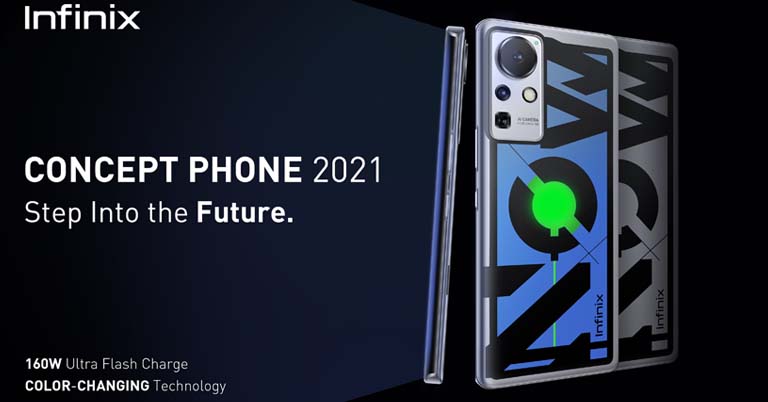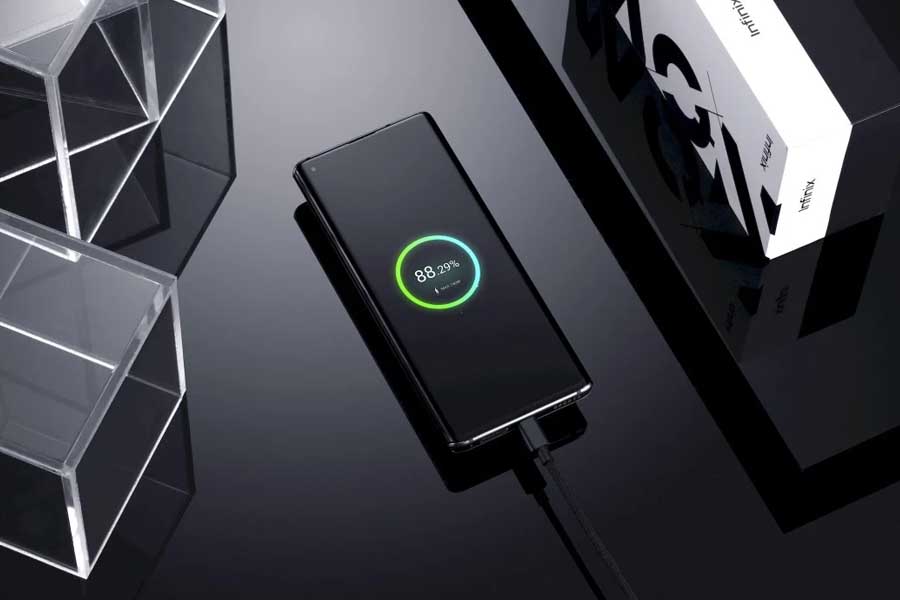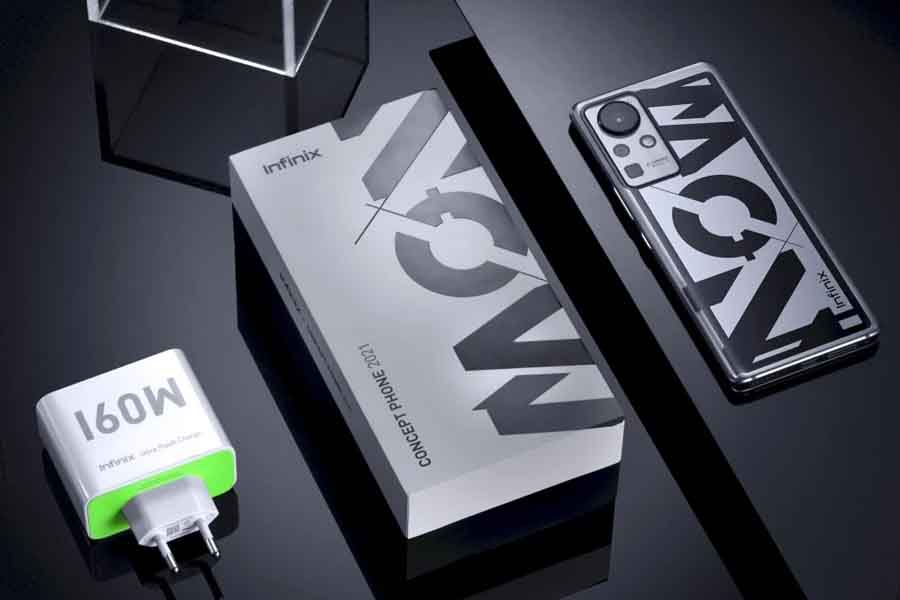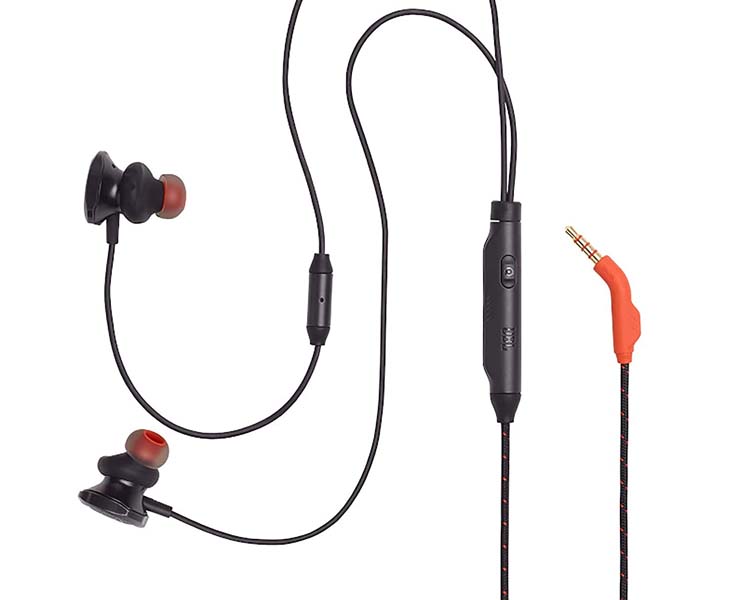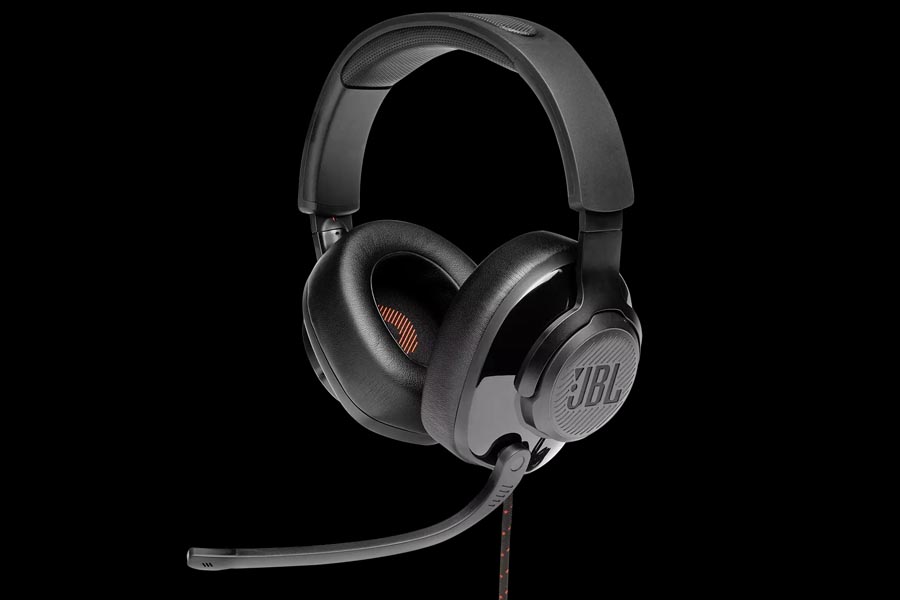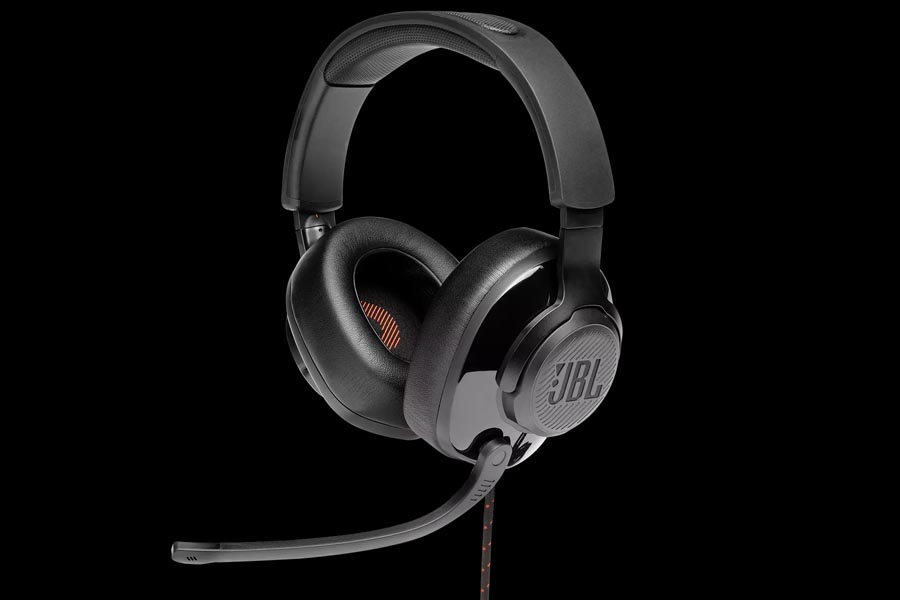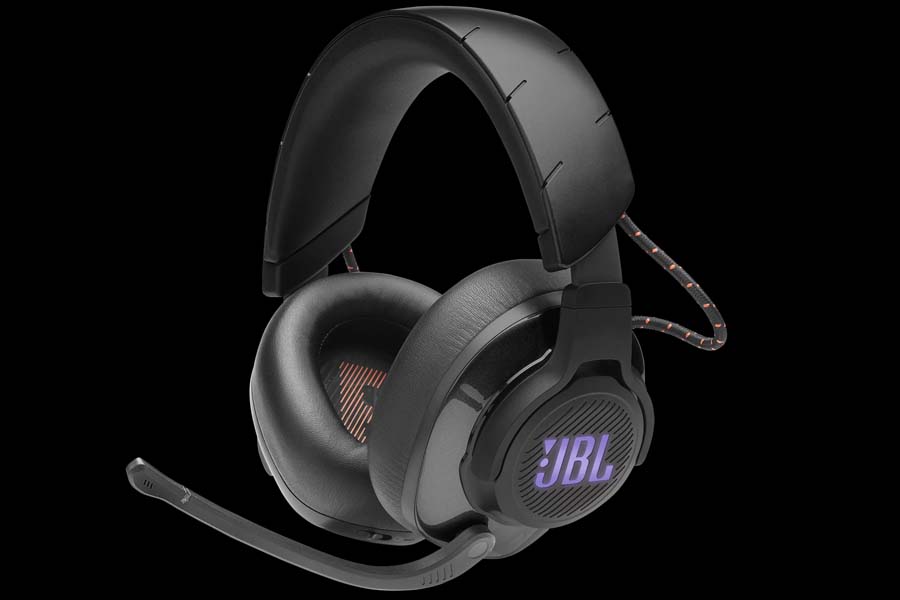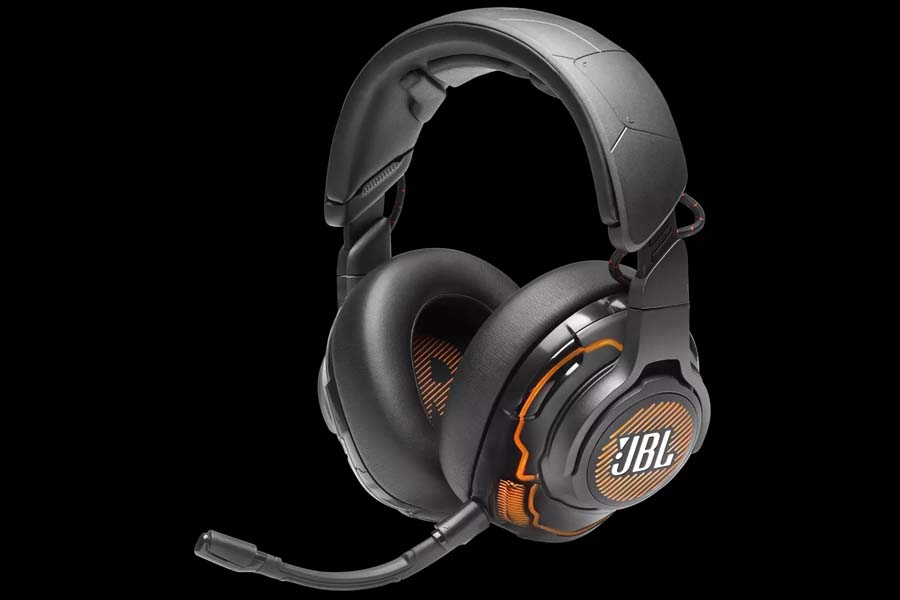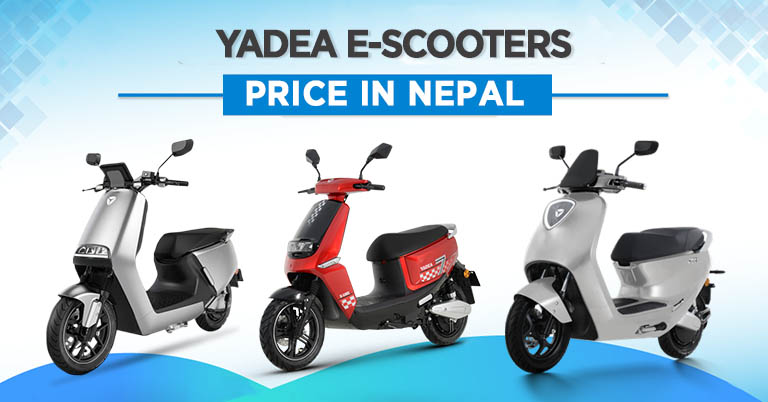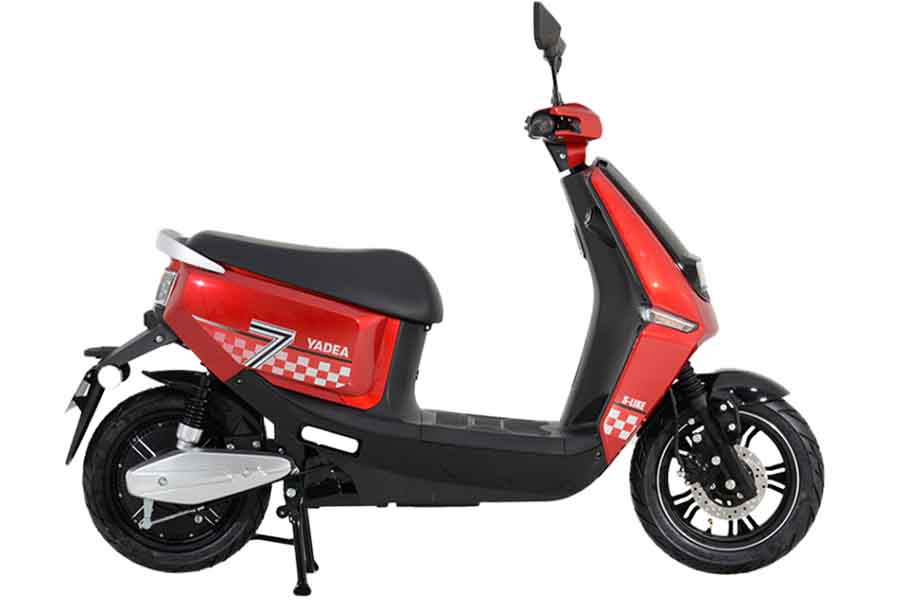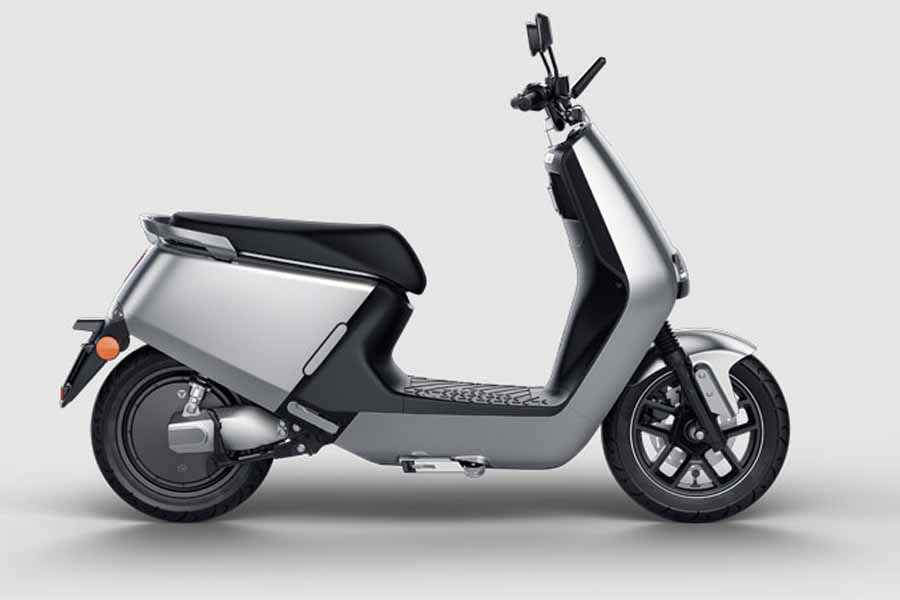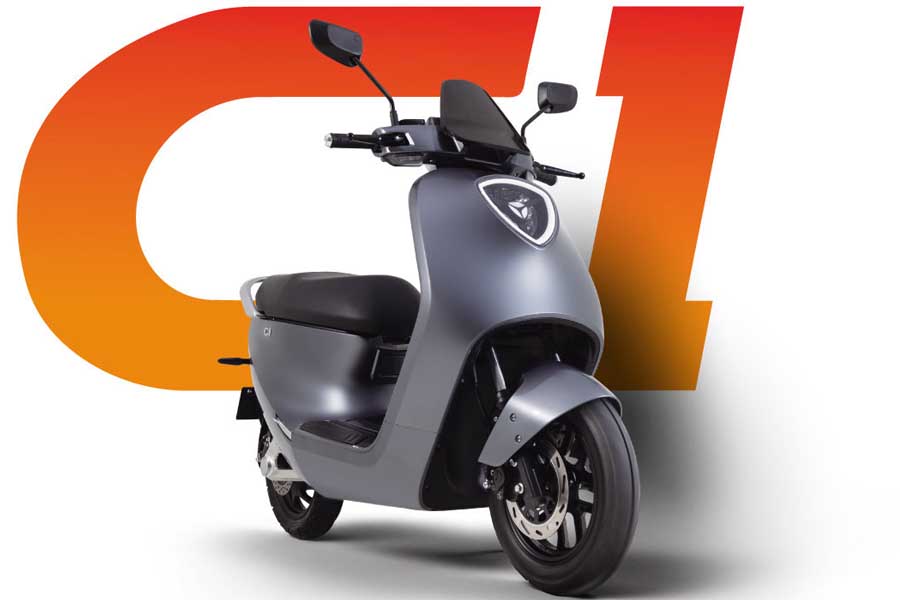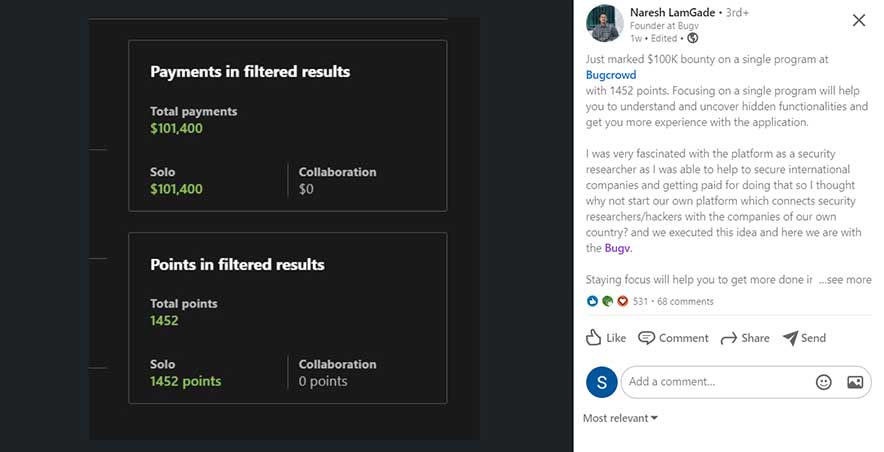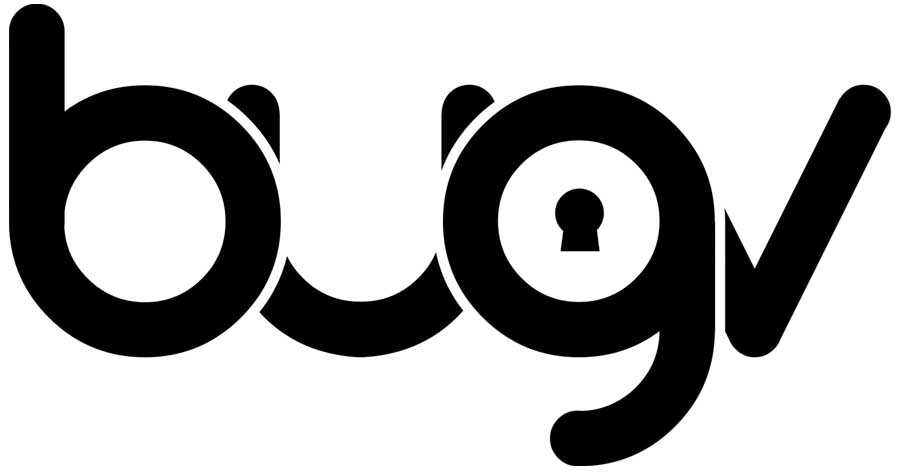Xiaomi has unveiled a new Xiaomi Automatic Smart Door Lock Pro in China. The new door lock has an in-built 3D facial recognition system and support for Apple HomeKit. So, let’s walk through the specs, features, availability, and expected price of the Xiaomi Mi Automatic Smart Door Lock Pro in Nepal.
Xiaomi Mi Automatic Smart Door Lock Pro Overview:
Design
The new Xiaomi Automatic Smart Door Lock Pro brings a splendid appearance in the vertical shape. The main body protrudes out a handle and has a horizontally placed dual-camera setup on the top.
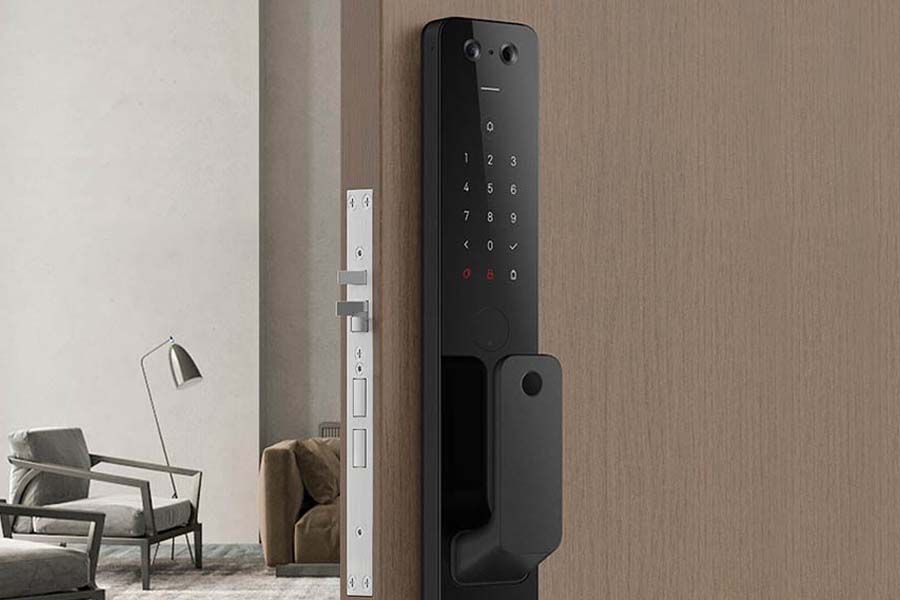
When the network goes down, the door lock has a digital touch surface with a 16-button keypad that can be used to unlock the door. Likewise, there’s also an embedded fingerprint sensor. The device is available in a sole color option of black.
- Also Read:
Features
Moving on, the door lock includes two 2.3 MP wide-angle sensors that apply 3D mapping techniques for face recognition. The cameras can be also be used to record the outside world, allowing you to see who is your door. You can even view what is happening outside, thanks to the 172-degree Field of View. You can save the recordings either on a remote host or in cloud storage. The recording stays in the cloud for up to 3 days.
In total, the Xiaomi Automatic Smart Door Lock Pro has up to 7 different unlocking options – fingerprint, randomly generated pin, NFC, Bluetooth, Apple HomeKit, virtual key, and voice unlocking (from the Xiaomi Home app).
Rest of the specs
The system uses 8 AA batteries, with which it obtains a battery life of 12 months. On the other hand, the camera is powered by an independent 5mAh module that guarantees performance for 3-5 months, depending on use.
Xiaomi Automatic Smart Door Lock Pro Specifications:
- Body: Rectangular
- Touch Surface: Digital, 16-button keyboard
- Camera: 2 x 2.3MP wide-angle
- Battery: 8 AA cell (door lock) / 5mAh (camera)
- Security Modes: 7
- Companion Apps: MIJIA app (Android), Apple HomeKit (iOS)
Xiaomi Automatic Smart Door Lock Pro Price in Nepal and Availability
The new Xiaomi Automatic Smart Door Lock Pro has launched in China with an asking price of CNY 2,099. It will go on the first sale on July 6. We expect the price of the Xiaomi Automatic Smart Door Lock Pro to be around NPR 43,000 if and when it launches in Nepal.
| Smart Door Lock | Price in China | Price in Nepal (Expected) |
| Xiaomi Automatic Smart Door Lock Pro | CNY 2,099 | NPR 43,000 |
- Meanwhile, check out our review of Xiaomi Mi 11 Lite.



